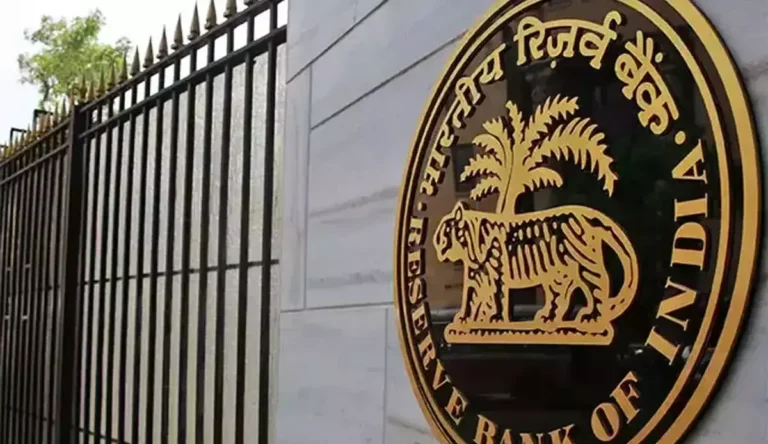ECB Can Keep Cutting Rates Even If Fed Takes It Slow, Says Boris Vujcic

Boris Vujcic, a member of the European Central Bank’s (ECB) Governing Council, has indicated that the ECB is prepared to continue lowering interest rates in 2025, even if the U.S. Federal Reserve takes a more cautious approach. According to Vujcic, the ECB could implement up to three additional rate cuts this year, provided that inflation, particularly in core and services sectors, continues to decline at a steady pace.
Despite concerns about the global financial landscape, Vujcic reassured that the ECB’s monetary policy is primarily driven by economic conditions within the eurozone. He highlighted that inflation trends and economic stability within the region are the key factors influencing rate decisions, rather than external pressures from the Fed or other central banks. This approach underscores the ECB’s independence in shaping policies that best support economic growth and financial stability in Europe.
One area of focus is the exchange rate fluctuations, particularly the euro’s depreciation against the U.S. dollar. While some analysts have expressed concerns that a weaker euro could impact import prices and inflation, Vujcic downplayed these risks, stating that currency movements are not currently a major concern for the ECB. Instead, the bank remains committed to its long-term goal of achieving price stability while supporting sustainable economic expansion.
Another critical point Vujcic touched on is the ECB’s policy stance. He suggested that the central bank might soon reconsider its language surrounding its monetary policy, potentially moving away from describing it as “restrictive.” This could signal a shift towards a more neutral or even accommodative stance, depending on how economic indicators evolve in the coming months. A shift in communication would provide further insight into the ECB’s outlook and potential trajectory for future rate adjustments.
With the global economy facing uncertainties, the ECB’s strategy reflects a commitment to balancing inflation control with economic growth. While other central banks, particularly the Fed, may take a slower approach to rate cuts, the ECB appears confident in its ability to proceed with easing measures if data supports such actions. This proactive approach highlights the central bank’s efforts to maintain financial stability and adapt to changing economic conditions without being directly influenced by external monetary policies.
As the year progresses, all eyes will be on the ECB’s next moves, with financial markets and businesses closely monitoring inflation trends, economic growth, and further signals from policymakers.










